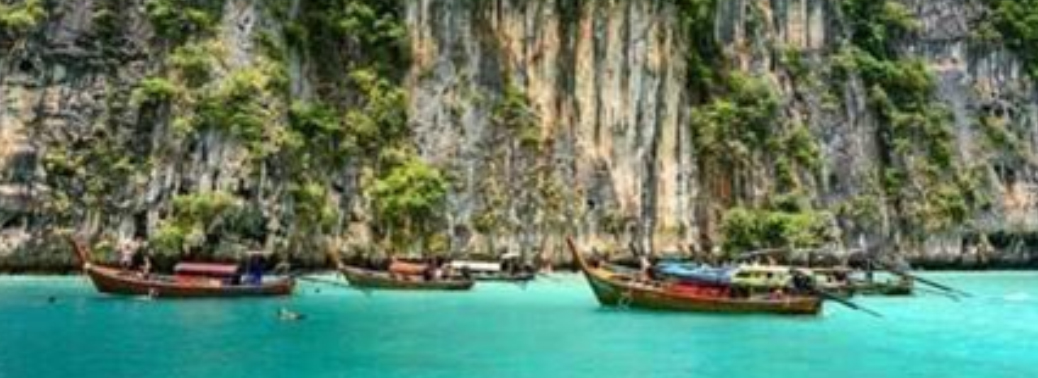‘FOREIGN’ PLASTIC INVADES GREAT NICOBAR ISLAND
14, Oct 2019

Prelims level : Environment- Pollution & Waste Management
Mains level : GS-III Conservation, Environmental Pollution and Degradation, Environmental Impact Assessment
Why in News?
- The pristine beaches of the Great Nicobar Island, India’s southernmost territory, are under threat from plastic. A survey of five beaches in the islands recorded the presence of plastic bottles.
About the Pollution:
- Majority of the plastic found in the region, which were analysed are found to be of ‘non-Indian origin.
- Major portion of the litter (40.5%) was of Malaysian origin. It was followed by Indonesia (23.9%) and Thailand (16.3%). The litter of Indian origin only amounted to 2.2%.
Reason behind Pollution:
1.Proximity to Island: The overwhelming contribution in plastic from Indonesia and Thailand was likely due to its proximity to the island. The plastic is likely to have made its way to the island because of water currents via the Malacca Strait, which is a major shipping route.
2.Improper handling of the solid waste: The huge quantities of marine debris observed on this island might be due to improper handling of the solid waste from fishing/mariculture activity and ship traffic.
3.Unregulated Tourism: The litter of Indian origin on beaches and mangroves of the Andaman Islands is continuously increasing. This is might be due to the unregulated tourism in these islands.
About Andaman and Nicobar Islands:
- The Andaman and Nicobar Islands (A&N islands), popularly known as ‘Bay Islands’, are situated in the Bay of Bengal, midway between peninsular India and Myanmar, spreading like a broken necklace in the North-south direction.
- The maximum altitude of these islands is 730 m at Saddle Peak in North Andaman, formed mainly of limestone, sandstone, and clay.
- Two islands of volcanic origin are found, namely the Narcondam and the Barren islands. The former is now apparently extinct while the latter is still active.
- From the strategic perspective, these islands form a part of Malacca strait, which is a major a choke point and so a region of strategic importance.
- The Andaman and Nicobars are separated by the Ten Degree Channel which is 150 Kms. wide.
Demography of the Region:
- The population of the islands is about 4 lakh, which includes six particularly vulnerable tribal groups (PVTGs).
- The indigenous people of Andamans are the Great Andamanese, the Jarawa; the Onge; and the Sentinelese (the most isolated of all the groups).
- The indigenous peoples of the Nicobars (unrelated to the Andamanese) are the Nicobarese; and the Shompen.
Flora and Fauna of the Island:
- The islands, comprising only 0.25% of India’s geographical area, are home to more than 10% of the country’s fauna species.
- Endemic species: The Narcondam hornbill, its habitat restricted to a lone island; the Nicobar megapode, a bird that builds nests on the ground; the Nicobar tree shrew, a small mole-like mammal; the Long-tailed Nicobar macaque, and the Andaman day gecko, are among the 1,067 endemic faunal species found only on the Andaman and Nicobar Islands and nowhere else.
- According to the 2011 census, has a population of about 8,069.
- The island is home to one of the most primitive tribes of India — the Shompen’s.
- The island includes the Great Nicobar Biosphere Reserve (GNBR) comprising of the Galathea National Park and the Campbell Bay National Park. The island harbours a wide spectrum of ecosystems from tropical wet evergreen forests, mountain ranges and coastal plains. The island is also home to giant robber crabs, crab eating macaques, the rare megapode as well as leatherback turtles.
Biggest Threat:
- Plastic pollution has emerged as one of the severest threats to ocean ecosystems and its concentration has reached 5,80,000 pieces per square kilometre. Plastic represents 83% of the marine litter found. The remaining 17% is mainly textiles, paper, metal and wood.






